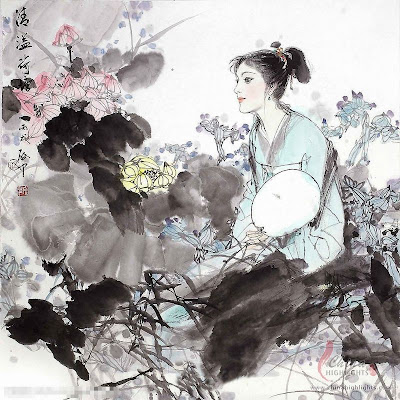
A scale model is a physical model, a representation or copy of an object that is larger or smaller than the actual size of the object, which seeks to maintain the relative proportions (the scale factor) of the physical size of the original object. Very often the scale model is used as a guide to making the object in full size. Scale models are built or collected for many reasons.
Professional modelmakers often create models for many professions:
Engineers who require scale models to test the likely performance of a particular design at an early stage of development without incurring the full expense of a full-sized prototype.
Architects who require architectural models to evaluate and sell the look of a new construction before it is built.
Filmmakers who require scale models of objects or sets that cannot be built in full size.
Salesmen who require scale models to promote new products such as heavy equipment and automobiles and other vehicles.
Hobbyists or amateur modelmakers make die-cast models, injection molded, model railroads, remote control vehicles, wargaming and fantasy collectibles, model ships and ships in bottles for their own enjoyment.
Scale models can also be objects of art, either being created by artists or being rediscovered and transformed into art by artists.
Types of sculpture
Some common forms of sculpture are:
Free-standing sculpture, sculpture that is surrounded on all sides, except the base, by space. It is also known as sculpture "in the round", and is meant to be viewed from any angle.
Sound sculpture
Light sculpture
Jewellery or Jewelry
Relief – the sculpture is attached to a background; types are bas-relief, alto-relievo, and sunken-relief
Site-specific art
Kinetic sculpture – involves aspects of physical motion Fountain – the sculpture is designed with moving water
Mobile (see also Calder's Stabiles.)
Statue – representationalist sculpture depicting a specific entity, usually a person, event, animal or object Bust – representation of a person from the chest up
Equestrian statue – typically showing a significant person on horseback
Stacked art – a form of sculpture formed by assembling objects and 'stacking' them
Architectural sculpture
Environmental art Environmental sculpture
Land art
Materials of sculpture through history
The materials used in sculpture are diverse, changing throughout history. Sculptors have generally sought to produce works of art that are as permanent as possible, working in durable and frequently expensive materials such as bronze and stone: marble, limestone, porphyry, and granite. More rarely, precious materials such as gold, silver, jade, and ivory were used for chryselephantine works. More common and less expensive materials were used for sculpture for wider consumption, including glass, hardwoods (such as oak, box/boxwood, and lime/linden); terracotta and other ceramics, and cast metals such as pewter and zinc (spelter).
Sculptures are often painted, but commonly lose their paint to time, or restorers. Many different painting techniques have been used in making sculpture, including tempera, [oil painting], gilding, house paint, aerosol, enamel and sandblasting.
Many sculptors seek new ways and materials to make art. One of Pablo Picasso's most famous sculptures included bicycle parts. Alexander Calder and other modernists made spectacular use of painted steel. Since the 1960s, acrylics and other plastics have been used as well. Andy Goldsworthy makes his unusually ephemeral sculptures from almost entirely natural materials in natural settings. Some sculpture, such as ice sculpture, sand sculpture, and gas sculpture, is deliberately short-lived. A vast array of sculptors including Joan Miró, Marcel Duchamp, Yves Klein, John Chamberlain, Jean Tinguely, Richard Stankiewicz, Larry Bell, Carl Andre, Louise Bourgeois and others used glass, stained glass, automobile parts, tools, machine parts, and hardware to fashion their works.
Sculptors often build small preliminary works called maquettes of ephemeral materials such as plaster of Paris, wax, clay, or plasticine, as Alfred Gilbert did for 'Eros' at Piccadilly Circus, London. In Retroarchaeology, these materials are generally the end product.
Sculptors sometimes use found objects.
















